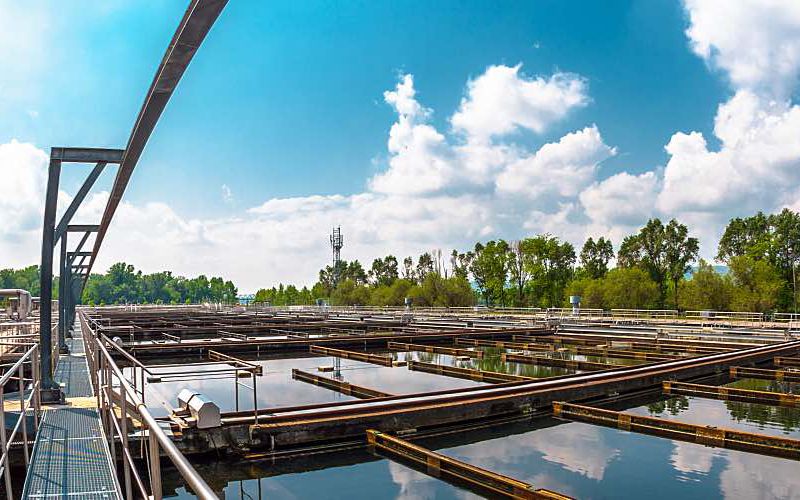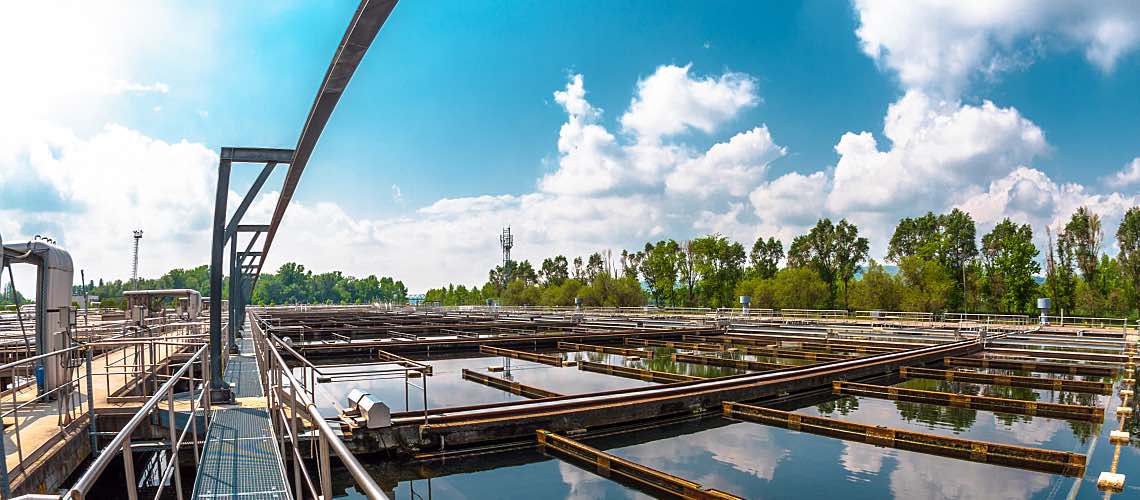3 Takeaways from the Legionella Virtual Special Session, Co-Hosted by NEHA and NSF on March 9-10


The COVID-19 pandemic and resulting stay-at-home orders drastically affected building usage this past year, heightening Legionella risks. In response, NSF Health Sciences and the National Environmental Health Association, organizers of the annual Legionella Conference, added a special virtual session held March 9–10.
The two-day session concentrated on preventing disease and injury from waterborne pathogens during the pandemic. Experts from around the world, including the U.S., Canada, Australia, Spain, and the U.K., shared insights on best practices for reopening.
In an interview for Currents, Chris Boyd, general manager for building water health at NSF International and one of the conference organizers, noted that there were questions around the direction that public health and environmental agencies gave to affected building and facility managers. Attendees also sought better transparency into the different agencies' approaches.
"That was a very successful piece of the special session because we had good input from other countries," Boyd said. With that in mind, here are three key takeaways from the special virtual session for the lab testing community.
1. COVID-19 : Opportunity for Water Management Plan Communication
Two experts from the Centers for Disease Control and Prevention (CDC) gave a keynote address about how the pandemic is testing Legionnaires' disease prevention. The discussion covered how to develop and implement an effective water management plan, Boyd said. Until the pandemic, many building owners had never received communication from their local health departments about the importance of a plan. At the session, speakers expressed hope for more awareness in the future among building owners and managers that their water systems could be a potential source of disease.
The goal is to avoid using illness as the benchmark that triggers an investigation into whether or not prevention strategies are successful, Boyd said. Instead, a proactive water management plan is relatively inexpensive to implement. Rather than a static paper document, the plan has "living" procedures and processes that are in a state of continual improvement and engagement.
2. Proactive Communication Is Needed
A second point made in the special virtual session focused on improving communication among building owners, water utilities, and public health agencies to better manage risks from water distribution systems and building water systems. Prior to the pandemic, there was very little proactive communication.
COVID-19 changed that. More water utilities and agencies started taking the initiative, reaching out to their customers following the mass reduction in occupancy and demand on water systems. Louisville Water, the largest water utility in Kentucky, gave a presentation on how to communicate with customers about water quality, and gave examples of how it deployed existing resources for education and relationship-building.
3. Validation Testing Is Critical for Building Reopenings
The only way for stakeholders to find out if their strategies to prevent waterborne illness are successful is by having a robust monitoring and validation process in place. Without testing for the presence of Legionella pneumophila, there is no way to know whether or not the building has an issue with amplification or not.
"Sampling data, both on the water utility side and the building water side, inform each other," Boyd said. "That's a really important part of where the public health and lab testing community fits into this equation." He added that he feels water testing professionals should be part of the conversations about testing strategies and the best practices for responding to water quality data.
Virtual Legionella Conference Set for August
Safety concerns stemming from COVID-19 prompted the Legionella Conference organizers to make the annual gathering entirely virtual in 2021. The conference is now set for Aug. 24–26 and focuses on the prevention of disease and injury from waterborne pathogens in healthcare.
Organizers expect the event will bring together industry stakeholders to identify best practices for preventing disease in hospitals, long-term care centers, and nursing homes. Boyd said that the upcoming conference is aimed at breaking down information silos and facilitating an integrated, holistic approach to best practices, working through known gaps in the industry, and improving and standardizing expectations for behavior.
Water testing labs are a significant part of this approach because the validation process moves along the entire system, all the way to the water being used for medical devices. Even improperly cleaned baby bottles can become a source of disease, Boyd noted.
"If you don't have that validation and monitoring phase feedback loop, you don't have the opportunity to fix it," he said. "The lab sampling portion of these plans is the data that allows us to get this feedback in and say, 'This is working,' or 'We found some elevated risk we didn't expect. It's time to evaluate and figure out what went wrong.'"
That's why the CDC keynote talk in March emphasized implementing a "living" operationalized water management plan, Boyd continued. Actually managing risk means having a feedback loop built into the plan that allows everyone involved to understand where it's succeeding and where there are challenges. And members of the water testing community play a vital role in informing that process.




